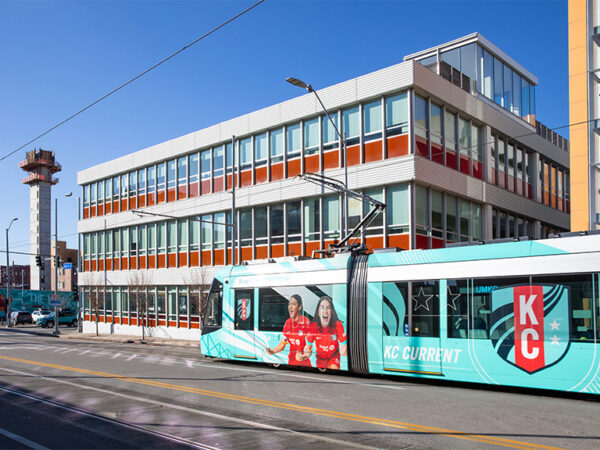
With vaccine rollouts ramping up worldwide, many building owners will now be tasked with addressing an extremely difficult and unprecedented business challenge: how to bring employees safely back into the workplace in the aftermath of a global pandemic.
04/14/2021A recent survey completed by Honeywell found that nearly 70% of respondents did not feel safe returning to the workplace, citing air quality and building management’s inability to administer and enforce proper safety protocols as primary concerns. While new guidelines and safety protocols will be table stakes in the future of the workplace, the element that remains unclear is whether all these new “healthy building” technologies will withstand this pandemic’s lifecycle. In other words, are healthy buildings a new modern medicine or medicinal fad?
In the 16 months since the first Coronavirus case was discovered, big companies have placed significant investment into the advancement of the healthy building through new product and technology offerings. Products such as thermal imaging cameras that monitor temperatures, UV lighting and electronic air cleaners to improve air quality, and touchless access controls such as facial recognition devices to help minimize the spread of germs.
While this cutting-edge technology may work exactly as promised, the reality is that it will require significant upfront investment from landlords, accompanied with added operating expenses to ensure safety requirements are properly enforced. This will force owners to make a tough decision: do you potentially risk the coveted ROI for an alternative value proposition – the safety of your tenants?
The answer is yes and no. Most buildings will see minimal or deferred investment for new technology as many landlords are hoping science will bail them out. Emphasis in the near term will instead be placed on enhanced operations – more cleaning, more filter changes, more sanitizer. This will be the new normal moving forward. Where this technology will likely be more prevalent is in the class A trophy properties where owners are fixated on enhancing the occupier experience. They will see this technology as another amenity they can market to gain a slight competitive edge.
One thing is certain, for an industry that historically takes a long time to adapt to change, these real estate decisions are coming fast and furious, and the stakes are as high as ever.


